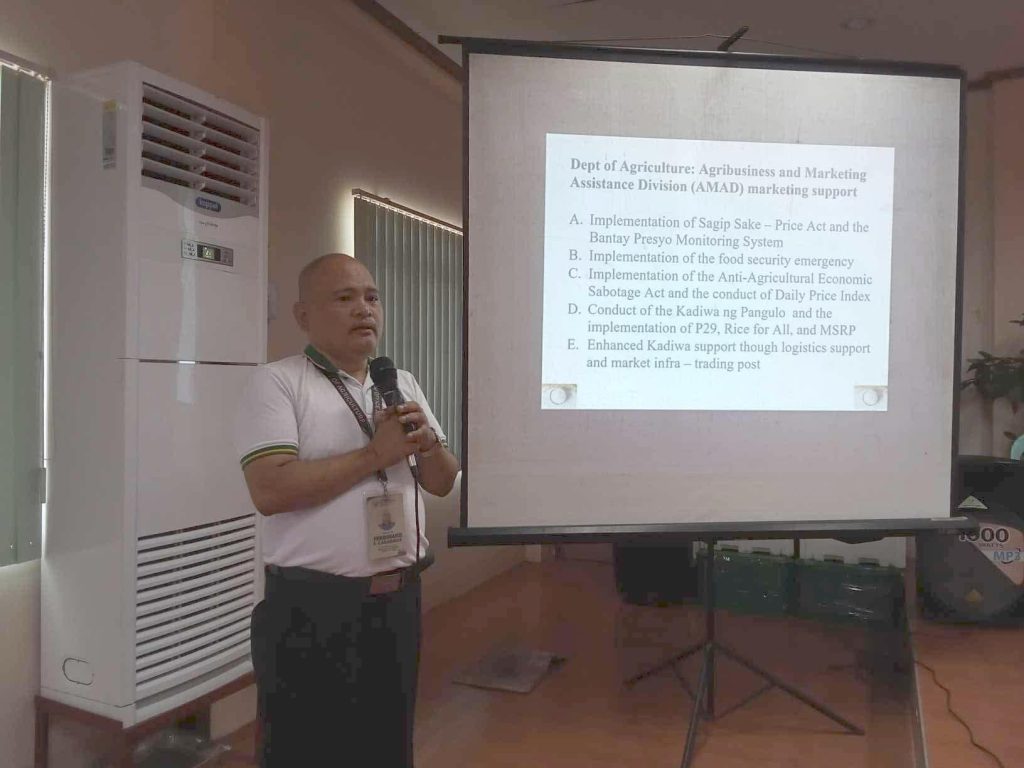
Agri-10 upskills women personnel on pastry making, food processing
CAGAYAN DE ORO CITY – In line with the celebration of the 2025 Women’s Month, the Department of Agriculture, through its Women Employees Association (DAWEA), spearheaded a Community Development Training on Tuesday, March 25, at the agency compound, here.
In partnership with the CdeO – Bugo School of Arts and Trades (COBSAT), nearly 25 participants, most of whom are women personnel of the agency, were capacitated on pastry making and food processing, particularly in Empanada, Tocino and Chicken Nuggets Making.

“This activity is a form of empowerment for us women, regardless of the roles we play in society. It opens opportunities for us of bringing homemade food to our tables and share it with our loved ones,” Atty. Rachel L. Borres-Thurdis, DAWEA president remarked, citing on how the learning session can contribute to one’s personal growth and future entrepreneurial ventures.
Resource speakers from COBSAT, Vanessa Jane P. Gabrinez and Jovy May G. Mabao, have apprised the participants of an introduction to food preparation and processing; food safety and sanitation; and utensils, tools and equipment identification. They have also provided guidance on the ingredients, measurements and costing of the featured recipes.
Ensuing the discussions is a hands-on activity, where the trainees have applied what they have learned by preparing, processing and cooking for the said pastry and processed foods.
Milcah June S. Tenchavez, DAWEA vice-president, reflected on the experience, saying, “Let this be a reminder of our collective strength and resilience and ability to create change.” as she addressed, in closing, the different representatives from the department’s Administrative and Finance, Field Operations, Planning, Monitoring and Evaluation, Agribusiness and Marketing Assistance, Integrated Laboratories and Regional Agricultural Engineering divisions, and from the Office of the Regional Director.# (JLO/Photo credits: JLO/AMBM)












